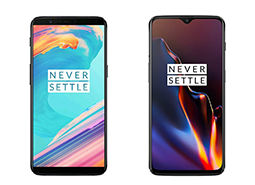The ability to share and receive significant data files securely is a key organization process for many different market sectors. Whether it’s a great investment bank assisting with M&A due diligence, a law firm working on lawsuits cases or a mining organization conducting environmental audits and impact examination, VDRs are the ideal document-sharing remedy. They let teams to work with anywhere whenever you want and with the peace of mind that very sensitive information—whether monetary or HUMAN RESOURCES data, confidential client records or exclusive intellectual property—will not get into the wrong hands.
The particular capabilities of VDRs also make them invaluable equipment for mission-critical processes and complex deals. The ability to upload huge amounts of papers, set difficult permissions and report about user activity are essential for ensuring that only official parties look at sensitive information. Generic file-sharing services, including email or Dropbox, you do not have these customized features and will expose hypersensitive information to businesses without the proper permissions.
You will discover two main types of VDRs: buy-side and sell-side. A buy-side VDR assists in the purchase method and serves as a repository for documents after the package closes. A sell-side VDR is used to facilitate www.vdr-solutions.info/start-investing-with-the-most-effective-deal-management-software/ the sale of a business or part of a company and provides an identical repository for documentation.
When choosing a VDR, search for one that offers the flexibility to scale and meet the business’s growing needs. It should have a useful interface that is easy to find their way for your team and businesses. It should also support financial commitment due diligence, allowing users to quickly update documents as they’re being sent so that most people have the latest variant of the info in their possession. Finally, it should be able to deal with large, high resolution images and videos.















